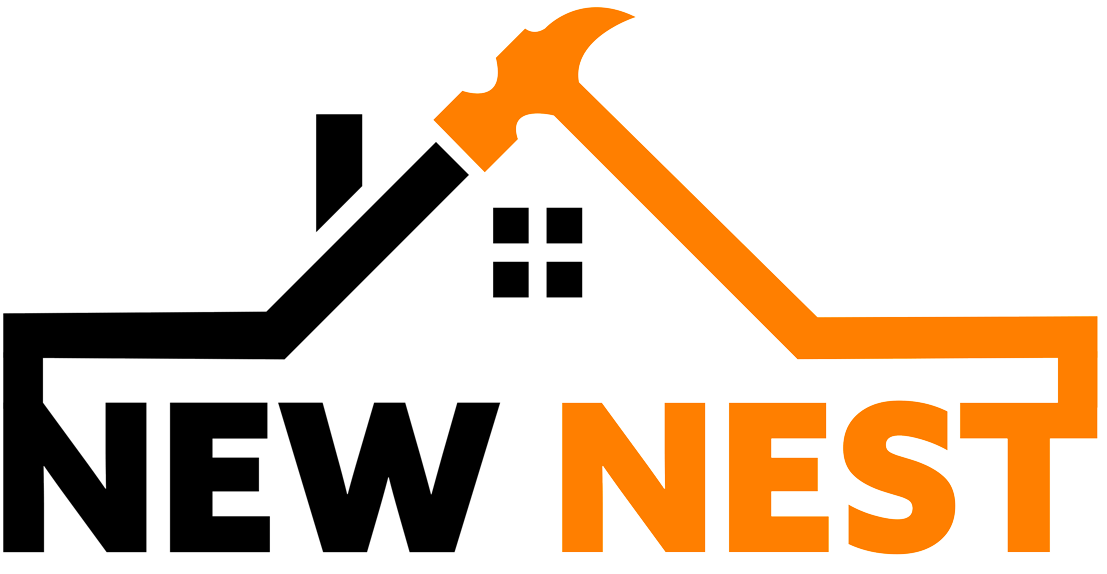In today’s environmentally conscious world, more and more people are looking for ways to reduce their impact on the planet. This extends to our homes, where we can make a significant difference through eco-friendly interior design choices.
How can interior design be eco-friendly?
Eco-friendly interior design is about creating beautiful and functional spaces while minimizing our environmental footprint. This can be done using various approaches, such as:
Using sustainable materials: Choose natural materials like wood, bamboo, and stone, which are renewable and biodegradable. Avoid materials like vinyl and PVC, which are harmful to the environment.
Upcycling and repurposing: Give old furniture and materials a new lease on life by upcycling or repurposing them. This saves resources and reduces waste.
Energy efficiency: Use energy-efficient appliances and lighting to reduce your energy consumption. This saves you money and benefits the planet.
Natural light and ventilation: Maximize natural light and ventilation to reduce your reliance on artificial lighting and heating/cooling systems.
Low-VOC paints and finishes: Choose paints and finishes that are low in volatile organic compounds (VOCs), which can be harmful to your health and the environment.
Save water: Fit water-efficient fixtures and appliances for conservation.
Indoor plants: Indoor plants can help purify the air and create a healthier living environment.
What is the design concept for eco-friendly?
The design concept for eco-friendly interior design is based on sustainability. This means creating spaces that are durable, adaptable, and resource-efficient. It also means using materials and finishes that are non-toxic and have a low environmental impact.
How can I make my design eco-friendly?
Here are a few tips for making your interior design more eco-friendly:
Start small: You don’t have to make a complete overhaul of your home to be eco-friendly. Start by making small changes, such as switching to energy-efficient light bulbs or using recycled paper products.
Do your research: There are many resources available to help you learn about eco-friendly interior design. Read articles, watch videos, and talk to experts to get ideas.
Set a budget: Eco-friendly design doesn’t have to be expensive. There are many ways to save money, such as buying used furniture or upcycling old materials.
Get creative: There are endless possibilities for eco-friendly interior design. Be creative and come up with your own unique solutions.
What is eco style interior design?
Eco-style interior design is a specific design style that emphasizes sustainability and environmental responsibility. This style often incorporates natural materials, organic textures, and clean lines.
Benefits of Eco-Friendly Interior Design
There are many benefits to choosing eco-friendly interior design, including:
Reduced environmental impact: By using sustainable materials and reducing your energy consumption, you can help protect the planet.
Improved health: Eco-friendly materials and finishes are often free of harmful chemicals, which can improve your indoor air quality and your health.
Cost savings: Energy-efficient appliances and water-saving fixtures can help you save money on your utility bills.
Increased comfort: Eco-friendly design often focuses on natural light and ventilation, which can create a more comfortable and inviting living environment.
Unique and stylish spaces: Eco-friendly design can be just as beautiful and stylish as traditional design.
Conclusion
Eco-friendly interior design is a great way to create a beautiful and inviting home while minimizing your environmental impact. With a little planning and creativity, you can make a big difference.
Additional Resources:
The Sustainable Interior Design Handbook
The Green Interior Design Guide
Living Sustainably: Your Guide to an Eco-Friendly Home
By following these tips and incorporating eco-friendly principles into your design choices, you can create a home that is both beautiful and sustainable. Join in to build a healthier planet for us and generations ahead.

